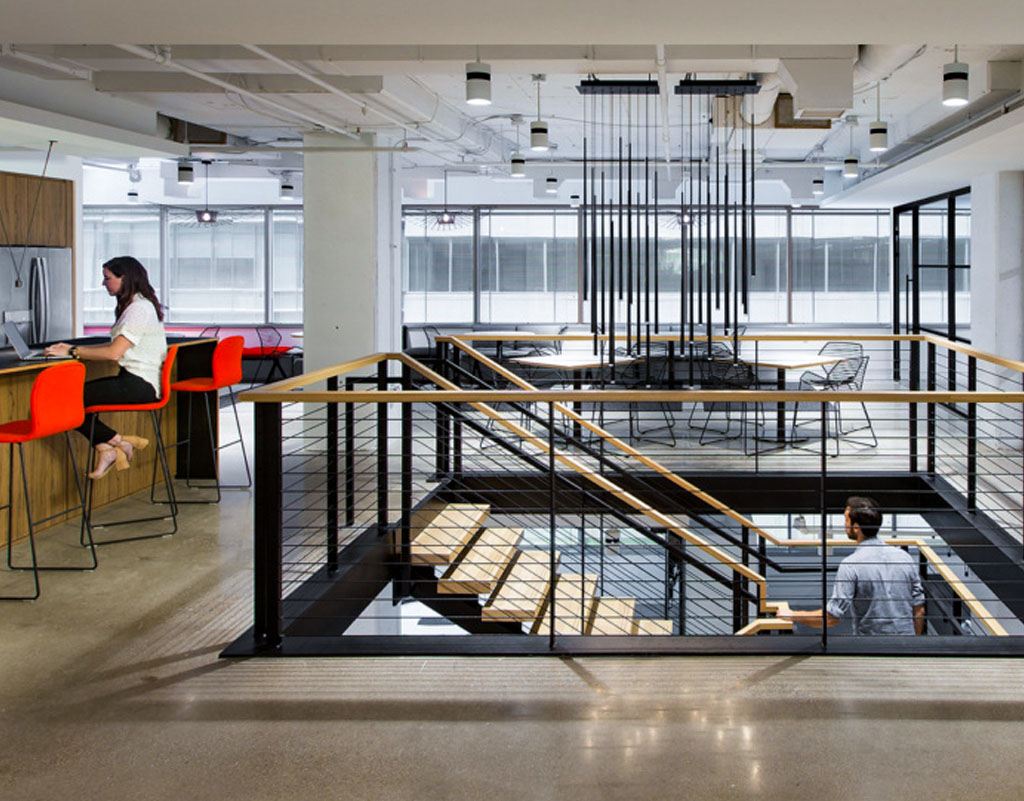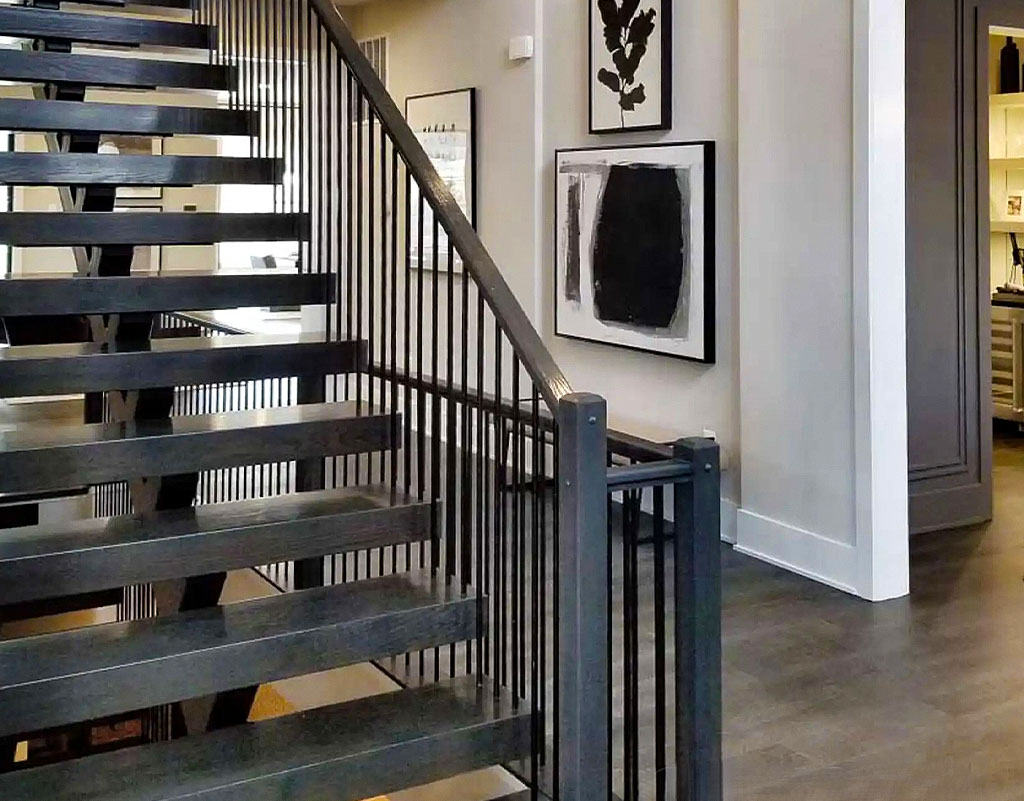By using our website, you agree to the use of cookies as described in our Cookie Policy
Metal Fabrication Info & Updates
Ensuring Staircase Safety with Metal Construction
Safety First: Ensuring Staircase Safety with Metal Construction
Staircases are a crucial component of any home, providing access between different levels while also serving as a focal point of the interior design. When it comes to staircase safety, choosing the right materials and incorporating key features are essential considerations. Metal stairs, known for their durability and versatility, offer excellent opportunities for ensuring safety without compromising on style. In this blog, we’ll explore essential safety tips and considerations for homeowners, architects, and builders when designing and installing metal stairs.
Non-Slip Treads:
One of the most critical safety features of any staircase, including metal stairs, is the presence of non-slip treads. Metal stairs can be equipped with a variety of tread options, including perforated metal, grated steps, or textured surfaces, to enhance traction and reduce the risk of slips and falls, especially in high-traffic areas or environments prone to moisture. Additionally, applying non-slip coatings or adhesive strips to metal stair treads can further improve grip and prevent accidents, providing peace of mind for residents and visitors alike.
Handrails play a vital role in staircase safety, providing support and stability for individuals ascending or descending the stairs. When designing metal stairs, it’s crucial to incorporate sturdy handrails that meet building code requirements and ergonomic standards. Handrails should be installed at a comfortable height and extend along the entire length of the staircase, with secure mounting to the wall or balusters. Metal handrails can be customized to match the aesthetic of the staircase, while ensuring maximum safety and accessibility for users of all ages and abilities.
Code Compliance:
Ensuring compliance with building codes and regulations is paramount when designing and installing metal stairs. Building codes specify minimum requirements for factors such as tread depth, riser height, handrail dimensions, and stair width to promote safety and accessibility. Architects and builders must familiarize themselves with relevant codes, such as the International Residential Code (IRC) or International Building Code (IBC), and ensure that metal stairs are designed and constructed to meet or exceed these standards. By adhering to code requirements, homeowners can ensure that their staircase is safe, functional, and legally compliant.
Proper Installation:
Proper installation is crucial to the safety and stability of metal stairs. Whether it’s a straight staircase, spiral design, or floating steps, meticulous attention to detail is essential to ensure that the stairs are securely anchored and structurally sound. Experienced professionals should handle the installation process, following manufacturer guidelines and industry best practices to minimize the risk of structural failures or accidents. Additionally, regular inspections and maintenance checks are recommended to identify any potential issues or wear and tear that may compromise safety over time.

Visibility and Lighting:
Incorporating adequate lighting and ensuring good visibility are key factors in staircase safety. Properly illuminated staircases reduce the risk of trips and falls, especially in dimly lit areas or stairwells. Natural lighting from windows or skylights can enhance visibility during the day, while strategically placed light fixtures or LED stair lights can illuminate the stairs at night. Additionally, contrasting colors or materials for stair treads and risers can improve visibility and help users navigate the stairs with confidence, particularly for individuals with visual impairments.
Conclusion:
In conclusion, prioritizing safety is paramount when designing and installing metal stairs in residential settings. By incorporating essential features such as non-slip treads, handrails, and adhering to building codes, homeowners, architects, and builders can create staircase solutions that combine functionality, style, and safety. Metal stairs offer excellent opportunities for achieving a balance between aesthetic appeal and safety, making them a popular choice for modern homes. Remember, safety should always come first when it comes to staircase design and construction, ensuring that residents and visitors can navigate their homes with confidence and peace of mind.













